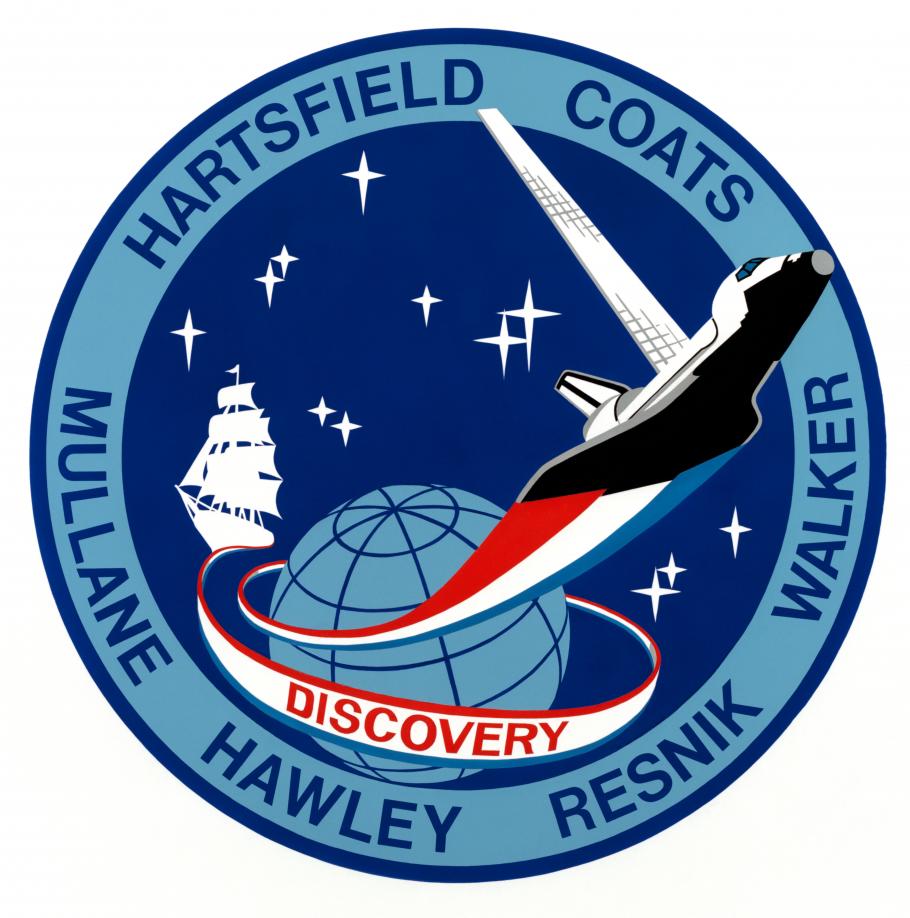In 1984, Discovery ascended into space for the first time, after three thwarted launch attempts. Originally scheduled to lift off in June 1984, Discovery launched on August 30 as the twelfth space shuttle mission.
The first attempt on June 25 was scrubbed at the routine T-20 minute hold due to error messages from the orbiter’s backup general purpose computer. One of five such units, this computer held the backup flight software in case the others failed, so leaving without it was a no-go.
NASA replaced the computer and recycled launch preparations for the next day. The June 26 attempt ended dramatically, in sudden quiet, two seconds after Discovery’s three main engines ignited. The engines had shut down—the first on-the-pad abort—just four seconds before the solid rocket boosters should ignite. If that happened, they would lift the under-powered orbiter off the pad to catastrophe.
Discovery’s crew felt and heard the main engines ignite and cease. Would the twin boosters ignite or would the preventive safety measures work? When the time passed for SRB ignition, crewmember Steve Hawley cut the tension by quipping, “Gee, I thought we’d be a lot higher at MECO!” [main engine cutoff upon reaching orbit].
The crew considered whether to start escape procedures but commander Hank Hartsfield decided to wait for instructions from launch control. It proved to be a good call, because minutes later an invisible hydrogen fire was detected at the base of the shuttle stack.
The launch pad safety team arrived to evacuate the disappointed crew, who then were drenched by fire suppression system water cascading over the pad. Discovery was rolled back from the launch pad for replacement of the troublesome main engine that had caused the shutdown. Over the summer, NASA canceled an upcoming mission and combined part of its payload with Discovery’s, sending the crew back for more training.
Discovery returned to the launch pad for an August 29 attempt, but a flight software anomaly at T-7 minutes triggered a one-day postponement. After boarding Discovery four times, the crew felt more than ready to go on August 30. The countdown proceeded nominally until a private aircraft flew into Cape Canaveral’s restricted air space, causing a delay of almost seven minutes. At last, at 8:41:50 a.m. the main engines roared to life, and then the solid rocket boosters ignited. Discovery leapt off the pad on the first of its 39 successful missions.
Crewmember Mike Mullane vividly describes Discovery’s four first launch attempts in Riding Rockets: The Outrageous Tales of a Space Shuttle Astronaut, published in 2006.


